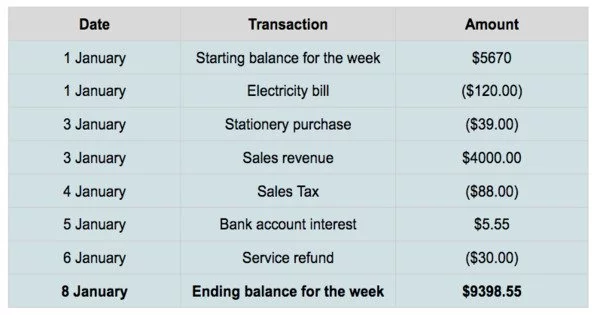Accounting Procedure in Departmental Accounts
Departmental Accounts are accounts relating to the several departments or sections of a business drawn up with a view to ascertaining their individual performances. It refers to maintaining accounts for one or more branches or departments of the company. For example, a textile merchant may trade in cotton, woolen and jute fabrics. The overall performance for this type of business depends, however, on departmental efficiency. Revenues and expenses of the department are recorded and reported separately. The departmental accounts are then consolidated into accounts of the head office to prepare financial statements of the company.
Normally, there are two methods of departmental accounting. They are:
- Separate Unit Method
- Analytical Method
(1) Separate Unit Method
Under this method, the accounts of each individual department are independently maintained. This method is suitable if the organization is very large in size and operation. In this method, each department maintains and prepares books of accounts separately. The departmental results of all the departments are collected and taken into consideration to find out the net result of the organization. At the end of the accounting period, all the departmental accounts are combined together to calculate the result of the organization as a whole. This method is not suitable for a small organization.
(2) Analytical Method
The separate unit method has different limitations such as overlapping of accounts, waste of time, expansiveness, etc. Due to these limitations, the departmental organizations followed analytical method, which is also known as columnar method of accounting. This method is very simple to maintain. When the size of the departmental organization is small, the entire bookkeeping system for the business as a whole is generally kept by a central accounts department. An independent and individual department just maintains records like purchase books, sales books, purchase return books, sales return books, etc. But the Balance Sheet is prepared in a combined form. A typical columnar subsidiary book is maintained by the central account department.
Information Source:
















